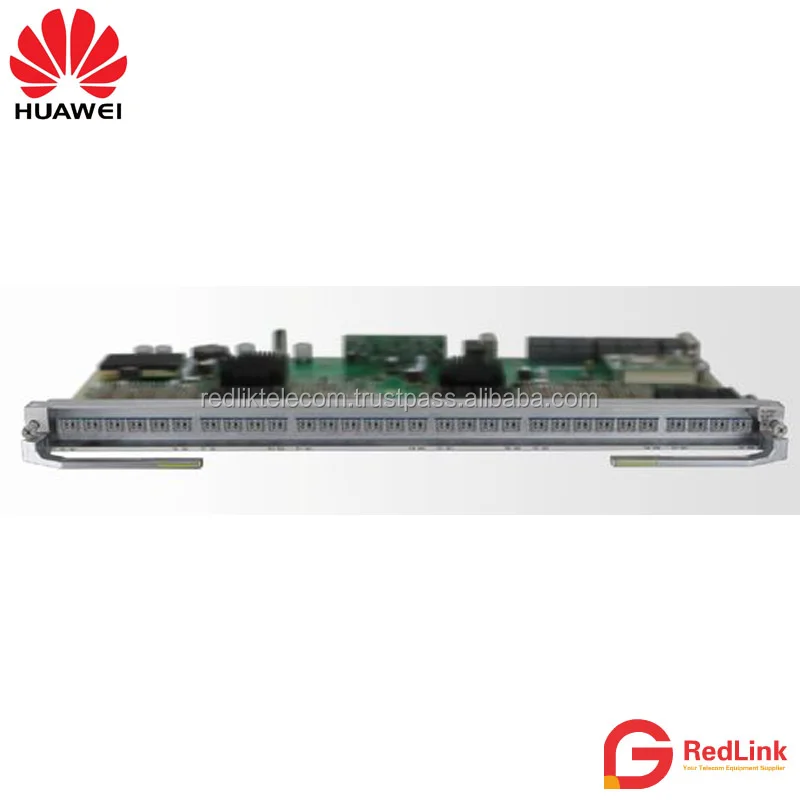

API documentation for the Rust u16 primitive in crate std. Most modern microprocessors requires data to be aligned.

Because of this, the compiler has to add a hidden pad byte between byte1 and bytes2. However, the API document on the readu16 function says '16-bit unsigned short representing the current input voltage, normalised to a 16-bit value. U16 Range C - lasopabucket The U16 member is 16-bits wide, and so has to start on an even address.
#U16 RANGE C CODE#
(NUCLEO-F103RB) When I tried the following code on NUCLEO-F103RB, readu16 function returned values between.
#U16 RANGE C 64 BITS#
For instance, on a x86 machine, an unsigned long is 64 bits long, so u64 for that machine could be defined as follows: typedef unsigned long u64 The same applies for u32. The f32 type is similar to float(Single precision) in other languages, while. Unsigned long long numberLongLong = testValue // 18446744073709551615 Conclusion AnalogIn::readu16 function returns 0.4095. u64 means an 'unsigned 64 bits' value, so, depending on the architecture where the code will run/be compiled, it must be defined differently in order to really be 64 bits long. Rust follows IEEE Standard for Binary Floating-Point Arithmetic. Unsigned int numberInt = testValue // 4294967295 Unsigned short numberShort = testValue // 65535 Unsigned char numberChar = testValue // 255 So the second is 1, the third is 2, and so on. OK, but why the maximum value of a byte is 255 and not 256? So every type is set at the maximum value because they are a multiple of each maximum. Indeed, with an unsigned short, we will be able to use this type up a value of 65535 in decimalīut in our example, we're going to use a huge value: 18,446,744,073,709,551,615.Īnd what we'll have will be the max value of each type!īecause this huge value is the maximum value of an unsigned long long. Your saturated version is 15.984375, over-brightning instead. In order to not darken the image, you would want to see an average of 15.5 (i.e. In your 5-bit quantized image, the average will be 15.019531 (rounded) or 15.003906 (non-rounded). More generic version for other ranges (notice that second argument is count, not end): if (Enumerable.Range (start, end - start + 1). Wow, this is still confuse? Let's continue! If the range is 0 -> 255, the average will be 127.5. LINQ solution is strictly for style points - since Contains iterates over all items its complexity is O (rangesize) and not O (1) normally expected from a range check. If we wanted to have a such value, we would have to use another type, for example an unsigned short or an uint16_t equal to 2 bytes or 16 bits. So we won't be able to have a value of 256 in a char (or a byte). until 255 (Max value of a char or 1 byte) So if we put a value of 256, our result would be 0.įor example if we added +1 for each number below, we'd have: Why? Because 255 is the maximum value of an unsigned char or an uint8_t. In the code part we will see that the number8 variable has a result of 255. And what we'll have will be the max value of each type Because this huge value is the maximum value of an unsigned long long. It's not so easy to understand all these things, but keep trying, it will be clearer after the end of this tutorial. Indeed, with an unsigned short, we will be able to use this type up a value of 65535 in decimal or 0xFFFF in hex. You can rate examples to help us improve the quality of examples.

Notice that 0xFFFFFFFFFFFFFFFF is the same as 18, 446, 744, 073, 709, 551,615 and this is the maximum value possible for an unsigned long long, depending on your processor architecture (as gineera said in its comment). These are the top rated real world C++ (Cpp) examples of getu16 extracted from open source projects. var uint16 voltage 6000 Arithmetic operations You can combine an unsigned integer operand with other operands to arithmetic expressions. Indeed, with an unsigned short, we will be able to use this type up a value of 65535 in decimal or 0xFFFF in hex. We're going to use a variable called testValue equal to 0xFFFFFFFFFFFFFFFF. It turns out that they are equal respectively to: unsigned char, unsigned short, unsigned int and unsigned long long. It works in my testing.You are likely wondering what are uint8_t, uint16_t, uint32_t and uint64_t. Passing null as the output simply calculates the size. Kind of like MultiByteToWideChar on Win32, but it's cross-platform and constexpr. Below is an implementation of a UTF-8 string to UTF-16 string. This is an instantiation of the basicstring class template that uses char16t as the character type, with its default chartraits and allocator types (see basicstring for more info on the template).


 0 kommentar(er)
0 kommentar(er)
